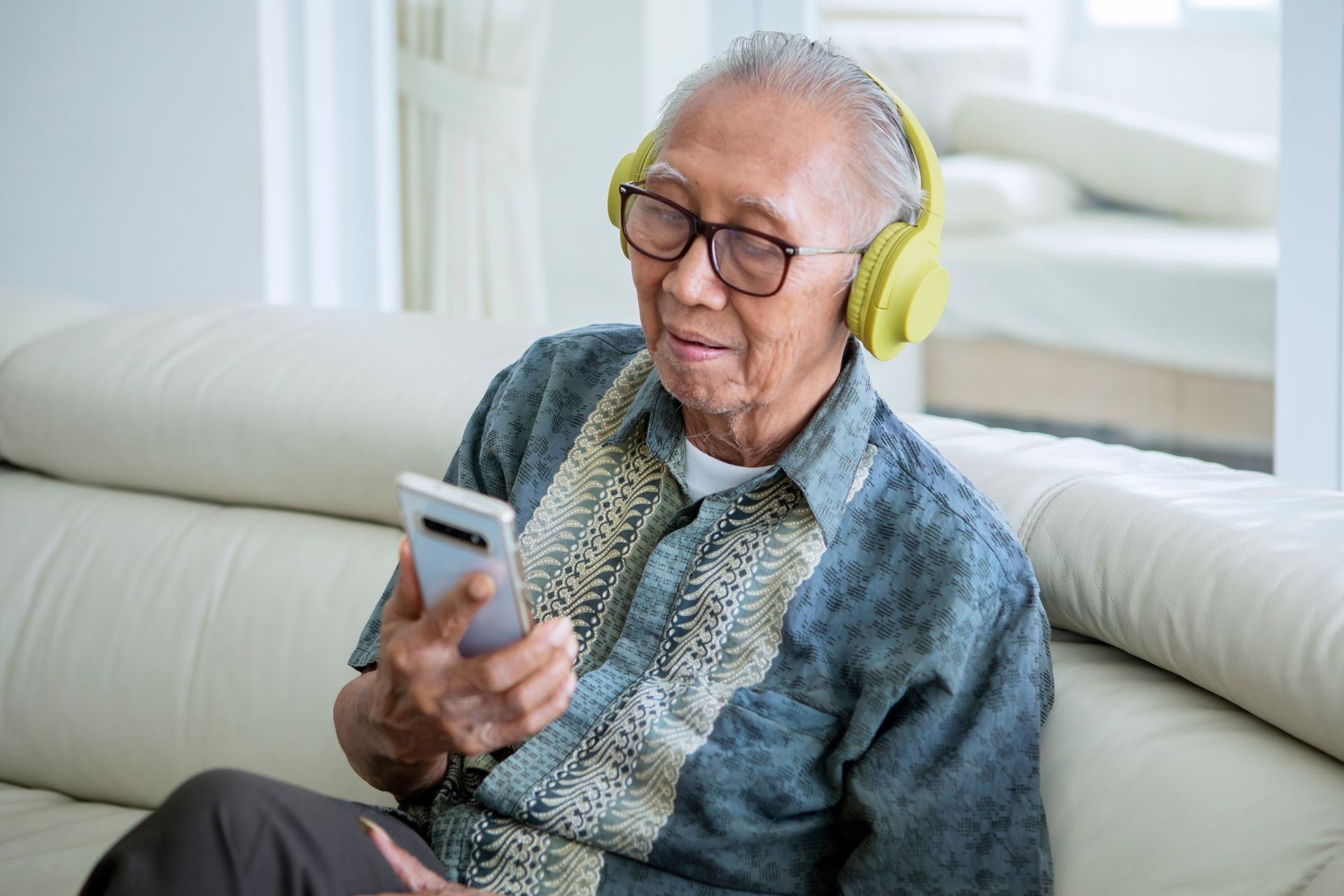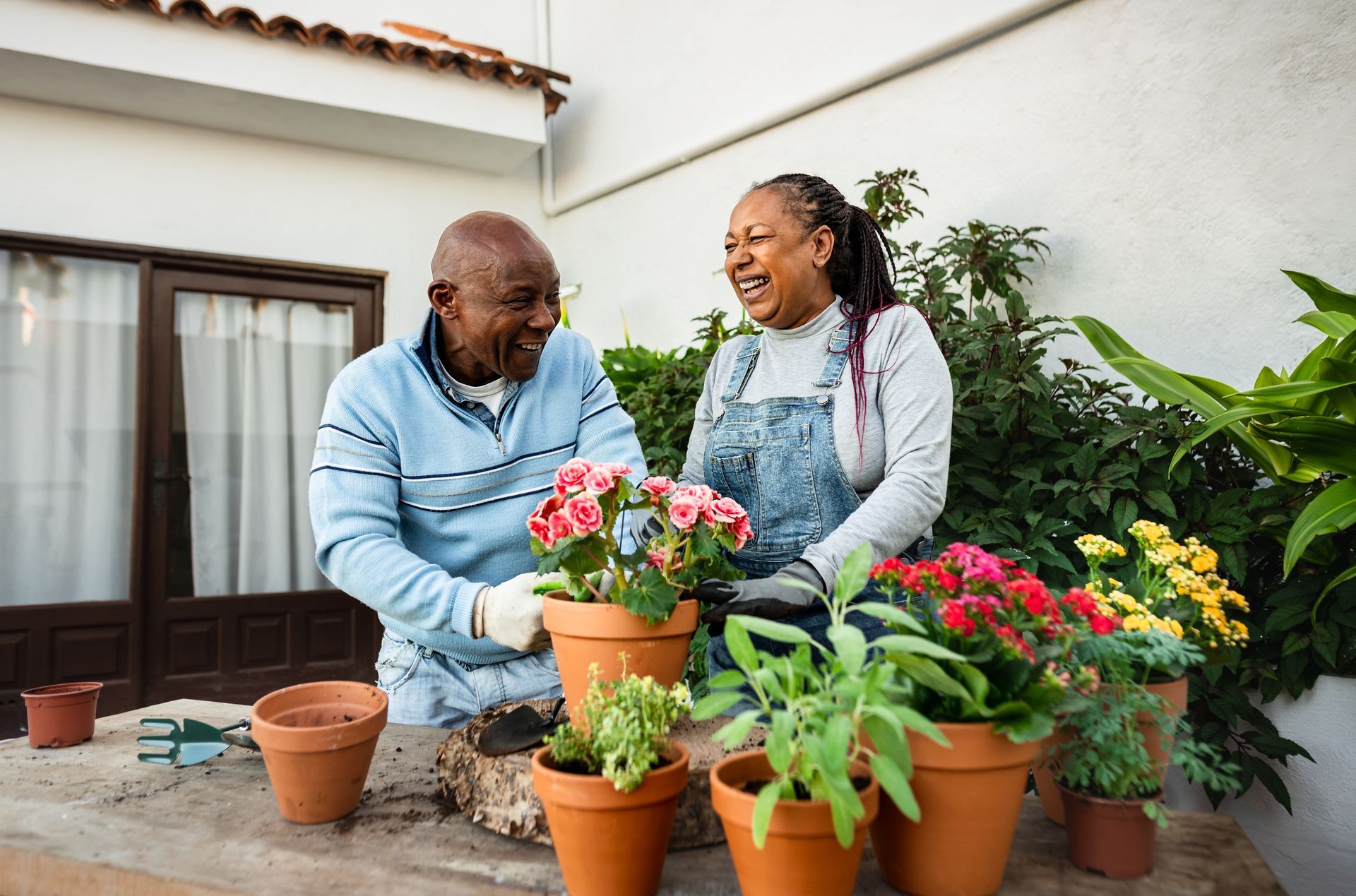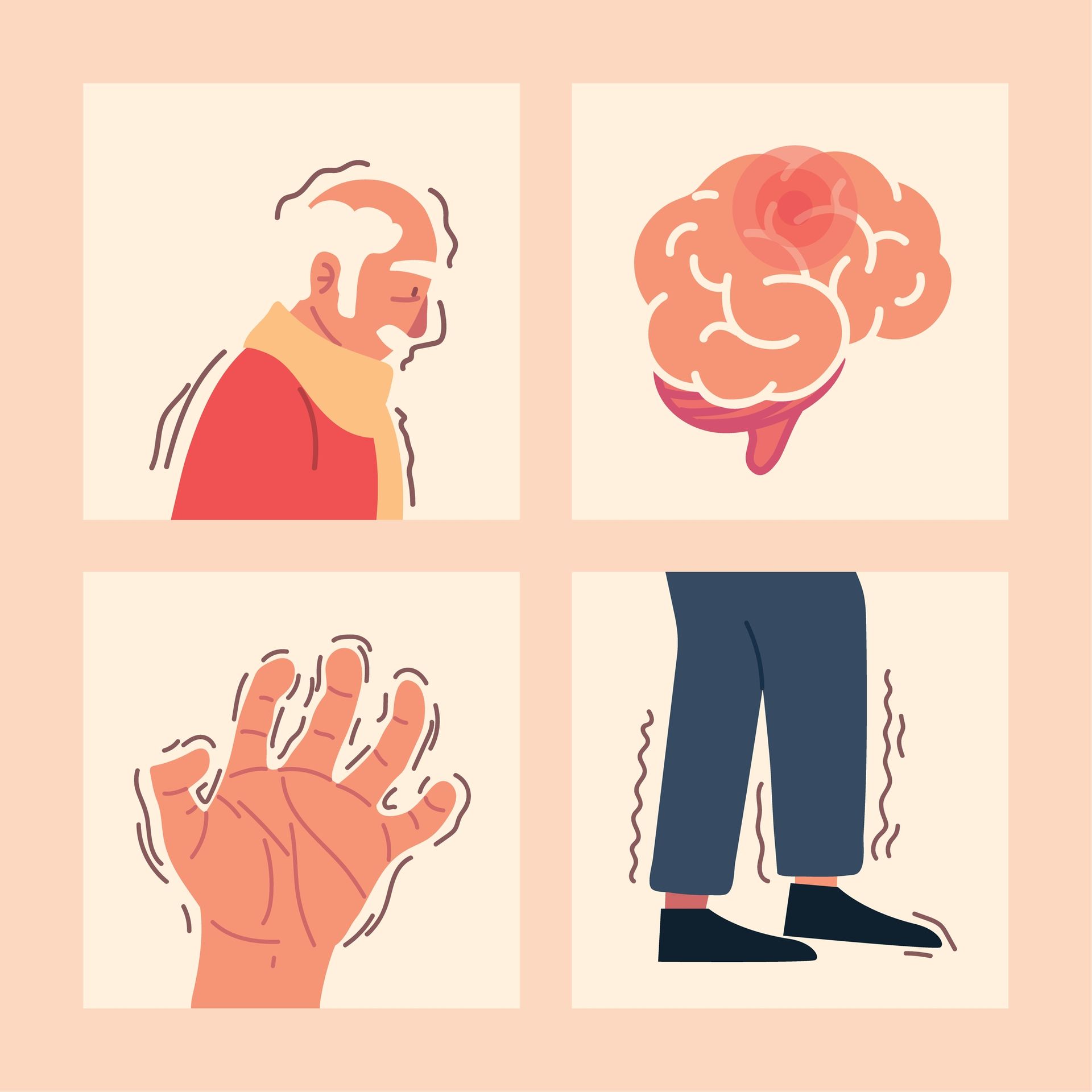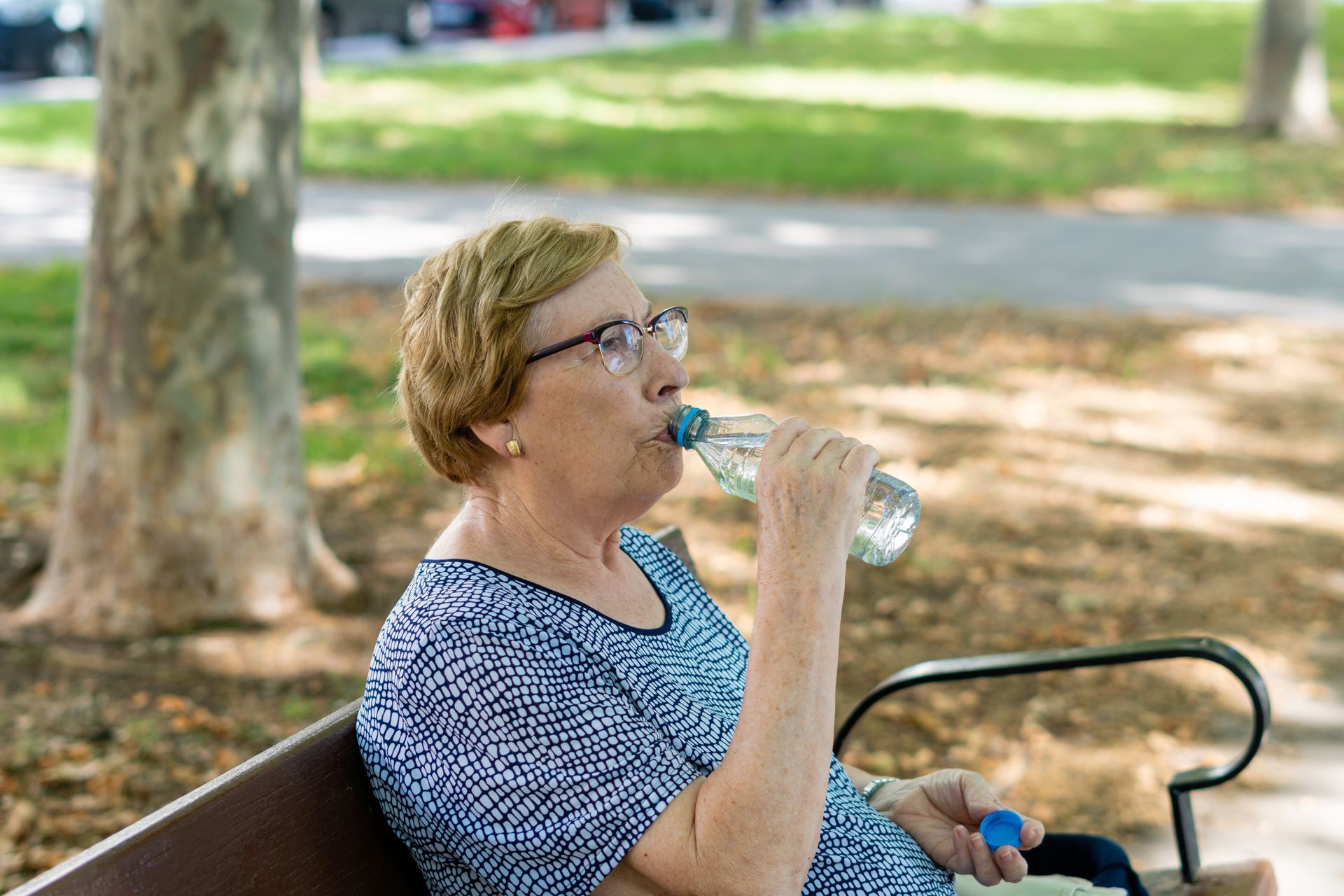BLOG
Spot the Signs: Is it Time for Senior Living for a Loved One?
Aging brings it with all types of changes, making it difficult to know for sure when an older adult is simply slowing down, or when more help is needed. As the holidays approach, you might be planning a visit with your parents, or simply spending more time with an older loved one. Here are some pointers that might indicate it’s time for senior living.
Is it time for senior living?
Put a check by anything below that applies as you observe your loved one(s):
⬜ Is alone too much, or spends too much time indoors sitting still
⬜ Has stopped doing favorite activities
⬜ Isn’t keeping up with housekeeping or home repair
⬜ Skips medications or mixes them
⬜ Doesn’t eat properly or regularly
⬜ Seems confused about the date and time
⬜ Is wandering, getting lost
⬜ Shows signs of bruising, falls, etc.
⬜ Isn’t keeping up with bills or appointments
⬜ Exhibits personality changes such as depression or anger
If you find that you have checked several items on the list above, it might be time for senior living. But you may have reservations about your loved one into a community, particularly if you or someone you know has had a less than satisfying experience in the past. You don’t just want a place where your loved one can live, you want a home where they can thrive physically, intellectually and socially.
You want senior living that is the closest thing to home, such as you’ll find at Assured Senior Living. We believe that home is where people are happiest and healthiest. Here is a snapshot of what the right lifestyle can do for your loved one.
The difference the right senior living community can make
- Quality of Life. In the right senior living environment, an older adult with changing cognition doesn’t have to give up the things that have always brought them joy, or change their routine to meet some rigid schedule. Instead, today’s memory care assisted living communities understand the importance of meeting each person where they are, centering activities and programming on their specific preferences, and offering the support and personal attention that is so important.
- Socialization. Humans are social beings, and that doesn't change as we age. In fact, research continues to confirm that spending time with others has countless physical emotional, and mental benefits for older adults, including those with Alzheimer’s or other forms of dementia. Enjoying the benefits of socialization is even easier in residential memory care, where there are fewer residents and staff members are friendly faces they know and trust.
- Safety. Living at home can be hazardous for a loved one dealing with memory issues and cognitive decline. Poor balance and mobility problems can lead to a fall. (One of every five falls causes an injury, such as broken bones or a head injury.) Most homes do not have the necessary safety features and trying to retrofit an existing house or apartment can be quite costly and time-consuming.
Modern senior living offers a setting designed from the ground up to promote the safety and wellbeing of older adults. Features such as grab bars in bathrooms, optimum lighting, ramps instead of stairs, and more can make a huge difference. And perhaps most importantly for safety, in the right senior living environment, a professionally trained staff is on hand 24/7 to help keep residents as safe and healthy as possible.
- Nutrition. For a loved one struggling to live their own, mealtime can be a source of frustration. Getting to a market can be difficult or even impossible. Preparing a meal can become too taxing and even possibly dangerous. The result is often an older adult who is not eating regularly and thus missing out on the important benefits of proper nutrition. If you are suspecting your loved one is skipping meals, it could be time for senior living.
In a memory care setting, mealtimes are designed to entice residents, with purposeful design of the space, a selection of easy-to-eat and enjoyable foods, and compassionate assistance from attentive caregivers. The atmosphere is upbeat and supportive, and much like home, especially in memory care offered in a residential setting such as Assured Senior Living. Our residents not only dine in a familiar, soothing ambiance, they have the opportunity to be a part of the process of setting the table, folding napkins, etc., if they so choose.
- Medication Management. While it’s vital for an older adult to take prescribed medication as directed, memory issues can make it hard to do for many seniors. Problems with this can signal it’s time for senior living. That’s because most memory care communities offer medication administration and oversight. This can provide tremendous peace of mind for families.
When It’s Time for Senior Living, Choose the Option That’s Right For Your Family.
Memory care communities come in all shapes and sizes. Take the time to research your options as you decide what seems right for you. Visit, see how they feel, and talk to friends and neighbors who have gone through this experience.
At Assured Senior Living, our main focus is enriching the lives of residents, and helping your loved one reach their potential each day. In our tight-knit, neighborhood cluster assisted living memory care communities, we specialize in providing purposeful, personalized care to individuals with Alzheimer’s disease, other types of dementia, and traumatic brain injury. We invite you to learn more about all the advantages of residential senior living.
We founded Assured Senior Living to light the way forward in modern, evidence-backed care.
Download our free guide,
A Family Guide to Funding Senior Care & Housing. Or
contact us today.















